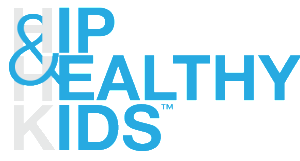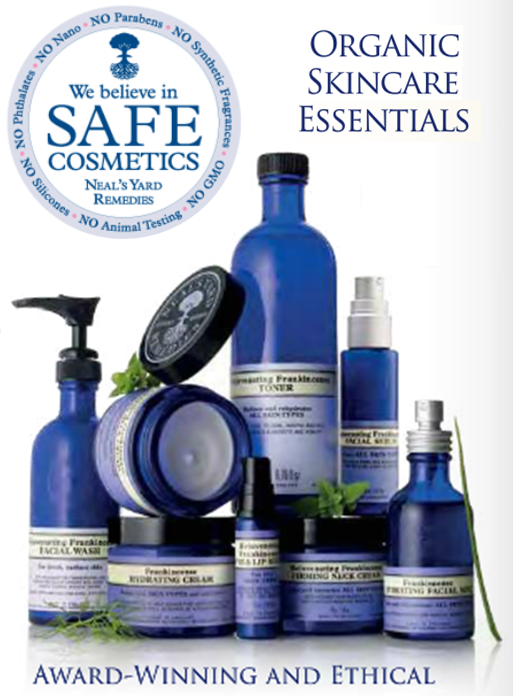Uncle Ben just got Demoted to Distant Cousin
- By hhk
- September 25, 2012
- 7 Comments
Now it’s not exactly Uncle Ben’s® fault, that its rice is now flagged as a health threat. In fact, many rice producers are feeling the effects of the eye-opening Consumer Reports® study, released last week, demonstrating the evidence of arsenic in rice products.
Ask the USA Rice® Federation and they will tell you (per their release statement) that arsenic is “a naturally occurring element in soil and water”. Now, while that statement is partially true, it fails to give you the complete picture of how it got there to begin with, which is largely the result of human ignorance and/or willful blindness. Minerals breaking down will result in natural environmental arsenic, but what about the insecticide arsenic that was used for decades (banned in the 80’s) and still remains in the soil today? Or the arsenic that was intentionally fed to chickens? Whose brainchild was it to give this poison to animals…………that we eat………….that we use their waste as fertilizer, for other plants that we harvest from? Apparently arsenic reduces infection in chickens – the poison kills bacteria in the body – but let me ask you this, would you ingest household bleach to kill off a cold? Further, the arsenic seemingly gives the chicken a nice pink hue, which those in the chicken world believe is aesthetically pleasing to consumers. I don’t know about you, but I would much rather my chicken be blue, green or purple with polka dots than be toxic. Seriously people, I can’t make this $*&^ up! The human race is truly its own worst enemy.
 Rice absorbs arsenic more effectively than most plants since it is grown in water-flooded conditions where the arsenic is easily absorbed in the roots and stored in the plants. Well, there must be some governing body that regulates what levels are considered safe for arsenic in food, right? Consumer Reports® explains:
Rice absorbs arsenic more effectively than most plants since it is grown in water-flooded conditions where the arsenic is easily absorbed in the roots and stored in the plants. Well, there must be some governing body that regulates what levels are considered safe for arsenic in food, right? Consumer Reports® explains:
“No federal limit exists for arsenic in most foods, but the standard for drinking water is 10 parts per billion (ppb). Keep in mind: That level is twice the 5 ppb that the EPA originally proposed and that New Jersey actually established. Using the 5-ppb standard in our study, we found that a single serving of some rices could give an average adult almost one and a half times the inorganic arsenic he or she would get from a whole day’s consumption of water, about 1 liter.”
The study measured samples of 223 rice products, which not only included actual rice, but also infant cereal, hot cereal, ready-to-eat cereal, rice cakes/crackers, rice pasta, rice flour and rice drinks. Consumer Reports analyzed levels of inorganic arsenic and two forms of organic arsenic (dimethylarsinic acid -DMA & monomethylarsonic acid – MMA). Inorganic arsenic is typically considered the most toxic and is known as a human carcinogen. It is in this form that arsenic is linked to increased risk of cancer and other health conditions. DMA and MMA are the compounds that are created when arsenic is ingested and should be excreted from the body, pending the body has sufficient levels of folate. Can you see where I’ll be going with this shortly?
Brown rice was found to have higher arsenic levels than white rice despite its proven nutritional superiority. The reason why is because brown rice is a complete grain and the arsenic concentrates in the outer layers of the grain (white rice is stripped down).
Troublesome amounts of arsenic were found in infant cereal. As a result, the report suggests that babies eat no more than 1 serving per day on average.
Aside from limiting intake, what else are we, as consumers, supposed to do given this bleak news? Well you can start by getting angry, that poor decisions made by authorities negatively impact your family. Then, after emotions settle, you can take immediate action. To start, look at the Consumer Reports list below, so that you are informed on your next shopping trip of which products have lower arsenic levels. Next step, stock up on your folic acid.
Folic acid has demonstrated effectiveness in lowering blood arsenic, by facilitating urinary arsenic elimination. In a study from the American Society for Clinical Nutrition, total blood arsenic was reduced by 13.62% for those who supplemented with folic acid. When folate levels are low, conversion of arsenic into easily excreted metabolites is reduced. In need of some folate? Here’s an option for you from Pure Encapsulations (B12 Folate). Head over to http://www.purecapspro.com/mzab to get some for your cabinet.
supplemented with folic acid. When folate levels are low, conversion of arsenic into easily excreted metabolites is reduced. In need of some folate? Here’s an option for you from Pure Encapsulations (B12 Folate). Head over to http://www.purecapspro.com/mzab to get some for your cabinet.
As for my cabinet, I am about to be all over it like white on rice. It’s time to compare the list to my inventory and make sure this house is stocked right.
References:
http://www.consumerreports.org/cro/magazine/2012/11/arsenic-in-your-food/index.htm#chart
http://www.motherjones.com/tom-philpott/2012/09/waiter-theres-arsenic-my-rice
http://vegetarian.about.com/od/healthnutrition/f/Arsenic2.htm
http://ajcn.nutrition.org/content/86/4/1202.full
http://www.news-medical.net/news/2007/10/10/31029.aspx
http://www.cpmedical.net/articles/folic-acid-may-reduce-arsenic-in-individuals-exposed-to-contaminated-water
7 Comments
Leave a Reply Cancel reply
This site uses Akismet to reduce spam. Learn how your comment data is processed.









This is timely and super helpful info for us to make the best decisions for our pantry (and our health!)
[…] Uncle Ben got Demoted Whole (Re)Solution Merry Go Motion Sensitivity […]
[…] Uncle Ben just got Demoted to Distant Cousin […]
[…] Uncle Ben Demoted HHK Green Toy Guide Coca-Cola […]
[…] Uncle Ben Demoted Merry-go-Motion Sensitivity Natural […]
[…] _____Zinc Deficiency Uncle Ben Demoted […]
[…] The Sea of Omega-3 Coca-Cola Demystified Uncle Ben Demoted to Distant Cousin […]